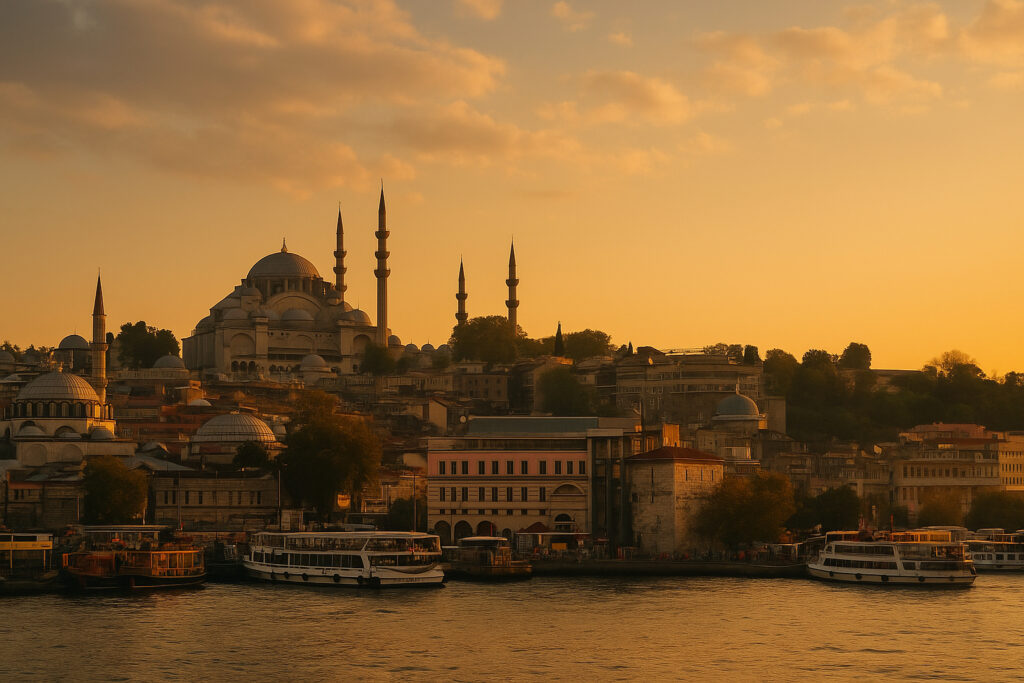The Ottoman Empire stands as one of history’s most powerful and enduring civilizations, spanning over six centuries and bridging the continents of Europe, Asia, and Africa. From its rise in the 13th century to its eventual decline in the early 20th, the empire shaped global politics, trade, and culture in profound ways. Known for its architectural splendor, military prowess, and cultural sophistication, the Ottoman legacy continues to influence the modern world.
The Rise of a Great Empire
The Ottoman story began around 1299 under the leadership of Osman I; a small Anatolian chieftain whose name gave rise to the empire itself. Through strategic alliances, military innovation, and political acumen, the Ottomans rapidly expanded their territory. The conquest of Constantinople in 1453 by Sultan Mehmed II (Mehmed the Conqueror) marked a defining moment in history, transforming the Byzantine capital into Istanbul — the heart of a thriving, cosmopolitan empire.
Golden Age of Power and Prosperity
The empire reached its zenith during the reign of Suleiman the Magnificent (1520–1566). His rule brought unmatched prosperity, legal reforms, and artistic achievement. The Ottomans became renowned for their architectural feats, including the stunning Suleymaniye Mosque and Topkapi Palace, which symbolized imperial power and religious devotion.
Trade flourished as the empire controlled key routes between East and West, facilitating the exchange of goods, ideas, and cultures. The Ottoman military, built upon the elite Janissary corps, became a formidable force feared across continents.
Art, Culture, and Innovation
The Ottoman Empire was not only a military power but also a cultural beacon. It nurtured poetry, calligraphy, textile art, and intricate tile work that blended influences from Persia, Arabia, and Byzantium. Istanbul became a melting pot of languages, religions, and traditions, where scholars, merchants, and artists converged to create a vibrant, diverse society.
Coffeehouses, miniature painting, and music thrived as centers of intellectual and social exchange. The empire’s architectural style, marked by majestic domes and minarets, still inspires modern design and remains one of its most visible legacies.
Decline and Legacy
By the 18th and 19th centuries, the empire faced internal challenges and external pressures from rising European powers. Economic stagnation, political corruption, and nationalist movements gradually weakened Ottoman control. The empire officially came to an end after World War I, giving rise to the modern Republic of Turkey in 1923 under Mustafa Kemal Atatürk.
Despite its fall, the Ottoman Empire left an indelible mark on global history — influencing cuisine, architecture, law, and culture across Southeast Europe, North Africa, and the Middle East.
Conclusion
The Majesty of the Ottoman Empire lies not only in its vast conquests and grandeur but in its enduring contributions to art, science, and human civilization. It remains a symbol of unity in diversity — a bridge between East and West, past and present, reminding us of the cultural richness born from centuries of empire-building and exchange.
